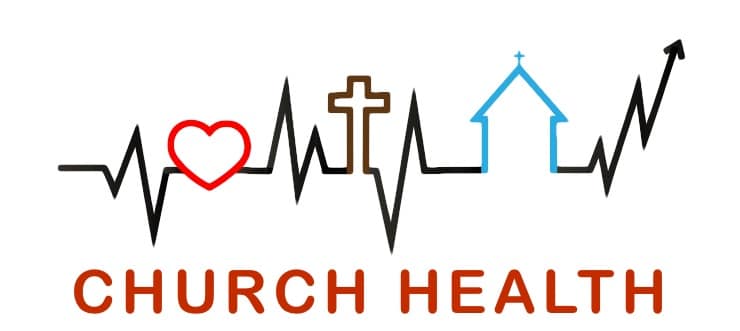The Website Audit

One of the first things that I do when I begin consulting with a church is to take a good look at the church website. The main reason I do this is that the website is the “digital foyer” for the church. It is the first impression for almost everyone that visits your church. By the time most visitors walk into your actual foyer, they have watched a sermon or two, checked out the music, looked at who is on staff, and checked into other areas that are important to them. Another reason for starting with the website is that it is reasonably easy to make some changes that can have almost immediate impact. There are so many affordable DIY options available that a reasonably good website should be within reach of every church. I believe that you need to see the church website as primarily a way to help visitors find your church. While it may be useful to help get information to your church members, that is really a secondary function at this point in time.
If your church website does not look cared for, the reality is that your potential visitor is going to visit a church with a better cared for website. The website does not need to be complex. It needs to be attractive to the eye and have the most important information to a visitor readily available. Below are some basic things that your church website should include.
Important Items for Your Church Website
1) The location of your church and the times of your services should be clearly displayed near the top of your landing page. I am surprised at how often this information is hard to locate on a website. Often when someone pulls up your website, they are on their phone or tablet and are looking for an address to plug into their smart device so they can get to your facility. Put the address and service times in several prominent places on the landing page of your website.
2) Any information that will be helpful to first time visitors should also be easy to find. Either locate the information on the landing page of the website or have some clearly defined links to the information. You should include answers to the following types of questions. How do people dress at your church? Is there anything they need to know about parking? How long are your services? What is the atmosphere?
3) You need to provide as much information as you can about your children’s ministry. Parents want to know that their children will be safe and cared for while they are at your church. How do you keep children secure? What are they learning? Do you have a sign-in system?
4) Include links to past sermons and worship services. You also want to include pictures of people having fun at your church. Pictures are still worth a thousand words. Use pictures of actual events at church and stay away from staged shots. Try and give people a sense of what they will experience.
5) Provide pictures and simple bio’s of your main staff people. This will help people when they arrive to have a sense that they have already met the pastors and staff.
6) Include a link to your statement of faith and if you are affiliated with a specific denomination there should be a link to that as well.
7) Include links to your social media channels. A good Facebook page can go a long way in propping up a not-so-great website.
8) Make sure there is easy to find contact information on your landing page. Your email address and phone number or a Contact form need to be easily accessed by potential visitors.
There are a lot of other components that can be very helpful to your website but get the basics covered and then build from there. In the next article in this series, we will discuss the Social Media Audit.
Steve Lawes is a Certified Church Consultant and a Church Encourager.





